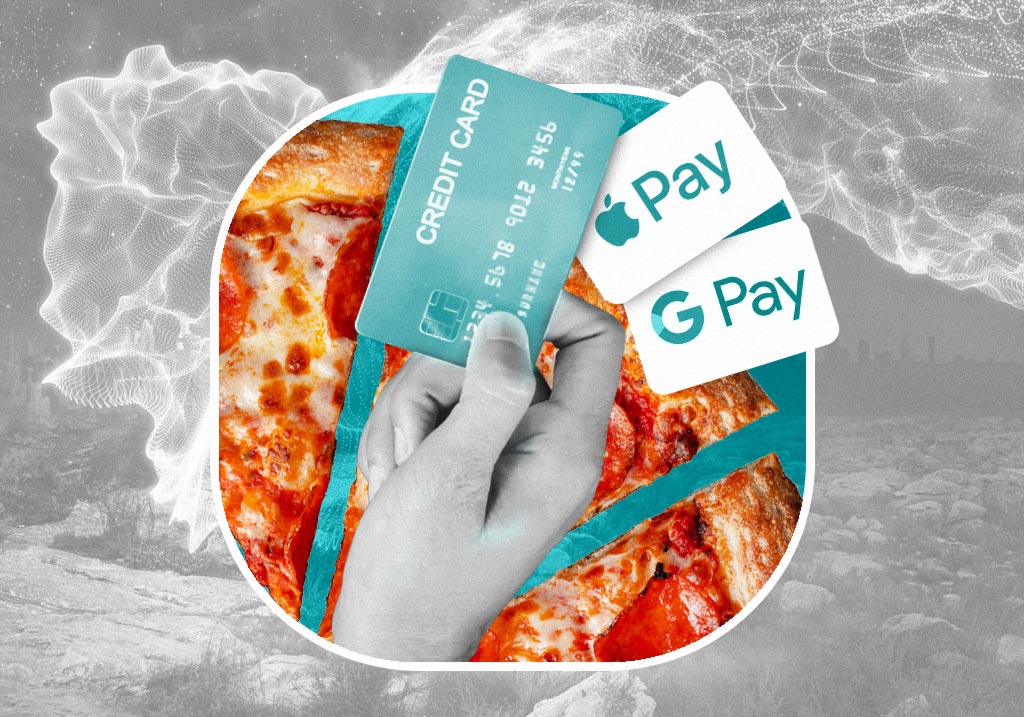In today’s digital age, having a robust online presence is essential for any restaurant aiming to stay competitive and attract more customers. A restaurant website with an integrated ordering system not only enhances customer convenience but also boosts sales and operational efficiency. In this guide, we’ll walk you through the steps to create a restaurant website with a powerful ordering system.
Why Your Restaurant Needs an Online Ordering System
Before diving into the creation process, let’s understand the benefits of having an online ordering system:
- Increased Revenue: An online ordering system allows you to handle more orders simultaneously, increasing your restaurant’s capacity to serve more customers.
- Enhanced Customer Experience: Customers appreciate the convenience of browsing the menu, placing orders, and making payments online.
- Operational Efficiency: Automating the ordering process reduces the chances of errors and frees up your staff to focus on other tasks.
- Customer Data Collection: Gather valuable customer data that can be used for marketing and improving services.
Step-by-Step Guide to Create a Restaurant Website with an Ordering System
1. Plan Your Website
Start with a clear plan. Define the goals of your website, target audience, and the features you want to include. Essential features for a restaurant website with an ordering system include:
- Online Menu: A detailed and easily navigable menu.
- Ordering System: A seamless and user-friendly ordering interface.
- Payment Gateway: Secure payment options for customers.
- Reservation System: Optional but useful for managing dine-in reservations.
- Contact Information: Clear and accessible contact details.
- Mobile Optimization: Ensure your website is mobile-friendly.
2. Choose the Right Platform
Selecting the right platform is crucial. Some popular platforms for building restaurant websites include:
- WordPress: With plugins like WooCommerce and various restaurant themes, WordPress is a flexible option.
- Wix: Offers an easy-to-use drag-and-drop builder with specific templates for restaurants.
- Squarespace: Known for its beautiful designs and ease of use, Squarespace also supports restaurant functionalities.
- Custom Development: For a more tailored solution, you can hire a developer to build a custom website.
3. Design Your Website
A visually appealing and functional design is key to retaining visitors. Here are some design tips:
- Use High-Quality Images: Attractive photos of your dishes can entice visitors.
- Brand Consistency: Ensure that your website reflects your restaurant’s branding, including colors, fonts, and logos.
- Easy Navigation: Make it easy for users to find the menu, order online, and contact you.
- Responsive Design: Your website should look great and function well on all devices, especially mobile phones.
4. Integrate an Online Ordering System
An effective online ordering system is the backbone of your restaurant website. Here’s how to set it up:
- Choose a Solution: There are several online ordering systems available such as ChowNow, Square for Restaurants, and Toast POS. Choose one that fits your needs and budget.
- Menu Configuration: Input your menu items, including descriptions, prices, and images. Make sure it’s easy for customers to customize their orders.
- Payment Integration: Set up a secure payment gateway to accept credit cards, debit cards, and other payment methods.
- Order Management: Ensure that the system allows you to manage and track orders efficiently.
5. Optimize for SEO
Search engine optimization (SEO) is vital to ensure your website ranks well on search engines. Here are some SEO tips:
- Keyword Research: Identify keywords that potential customers might use to find a restaurant like yours (e.g., “best Italian restaurant in [City]”).
- On-Page SEO: Use these keywords in your titles, meta descriptions, headings, and content. Ensure your site has a clear structure with proper tags.
- Local SEO: Optimize for local search by including your location in keywords and creating a Google My Business profile.
- Mobile Optimization: Since many users will access your site via mobile devices, ensure it is mobile-friendly.
6. Promote Your Website
Once your website is up and running, promote it to attract visitors:
- Social Media Marketing: Leverage platforms like Facebook, Instagram, and Twitter to promote your website and online ordering system.
- Email Marketing: Collect email addresses from your customers and send them updates about new menu items, special offers, and events.
- Online Advertising: Use Google Ads and social media ads to drive traffic to your website.
7. Monitor and Improve
After launching your website, continuously monitor its performance using tools like Google Analytics. Pay attention to metrics such as traffic, bounce rates, and conversion rates. Use this data to make improvements and enhance user experience.
Conclusion
Creating a restaurant website with an online ordering system can significantly boost your business’s reach and revenue. By following these steps and focusing on design, functionality, and SEO, you can build a site that attracts and retains customers, making it easier for them to enjoy your delicious offerings from the comfort of their homes. Embrace the digital transformation and watch your restaurant thrive.













0 Comments